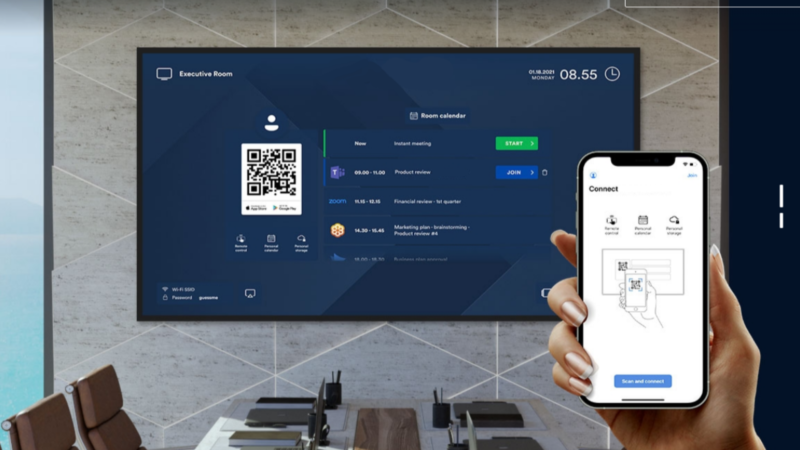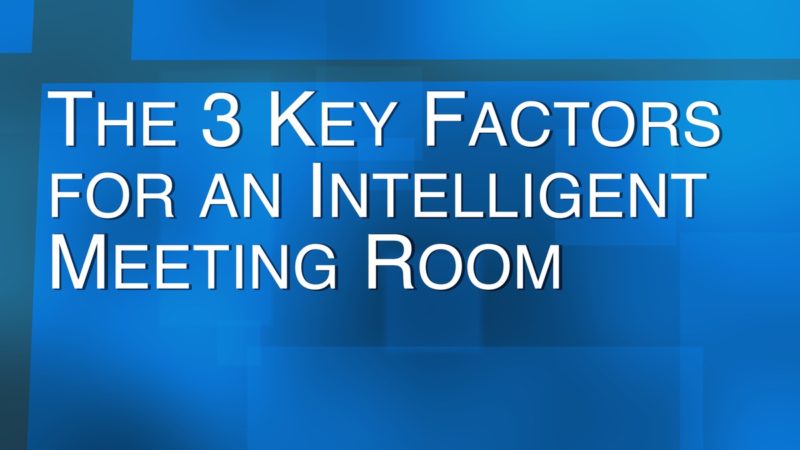
5 Good Reasons for Using Data Analytics for Smart Meetings
Today’s world of flexible and hybrid working means businesses have to rethink how they manage the workplace.
Organisations have the challenge of creating a diverse and adaptable office space where technology supports employees, remote workers and visitors.
To achieve a smart workplace and provide the best smart meetings experience, leaders and managers would be well advised to collect and analyse data to help them make more informed strategic and operational decisions.
Here are 5 good reasons why.
1. Get the Big Picture of Your Hybrid Working Model
You have your smart workplace, smart meeting rooms and technology but how do you know if it is working well for your organisation and users?
Being able to capture and analyse data allows you to see the bigger picture of how your flexible and hybrid working set-up is working – or not working – in practice.
2. Improve the User Experience in Smart Meetings
An Intelligent Meeting Room should deliver smarter meetings: Easy set-up, clear display, full-room audio coverage, intelligent AI-driven cameras and a seamless joining experience.
Is your current technology a collection of random gadgets or do you have tech solutions which work well together – and capture valuable smart meeting room data? Data to improve the user experience. Data for better hybrid working communications and easier visual collaboration. Data for increased productivity.
3. Make Facilities Management Easier
Tracking smart meeting room data can help to identify technical issues or equipment failures that may be causing meeting delays or interruptions. This allows IT teams to resolve issues more quickly, reducing downtime and improving the overall smart meeting experience.
Data can also help to highlight where out-of-date equipment may need to be replaced with smarter meeting room technology solutions.
4. Enjoy Better Use of Smart Meetings Space and Technology
To deliver a consistently strong smart meeting experience for office-based and remote workers, data analytics is a sensible way to go.
Smart meeting room data can help to identify patterns and trends – such as meeting duration, number of participants, and frequency of certain types of meetings.
Organisations can use this intelligence to make more informed decisions about the design, layout and use of smart meeting rooms. The data can also reveal the most suitable types of technology and equipment required to support different types of smart meetings.
5. Improve Your Investment and ROI with Smarter Meetings
For maximum efficiency, productivity and cost savings, an organisation will want to use all of its smart meeting space to its full potential.
By tracking smart meeting room data, leaders can make data-driven decisions about their meeting room investments, such as whether to invest in more meeting rooms or to upgrade existing ones. A better understanding of smart meeting room investment ROI enables smarter decisions around allocating resources.
Smart meetings are only as smart as the technology and data being used to support them. The right solutions can deliver a more engaging, collaborative and productive experience for users – and smarter efficiencies for organisations.



